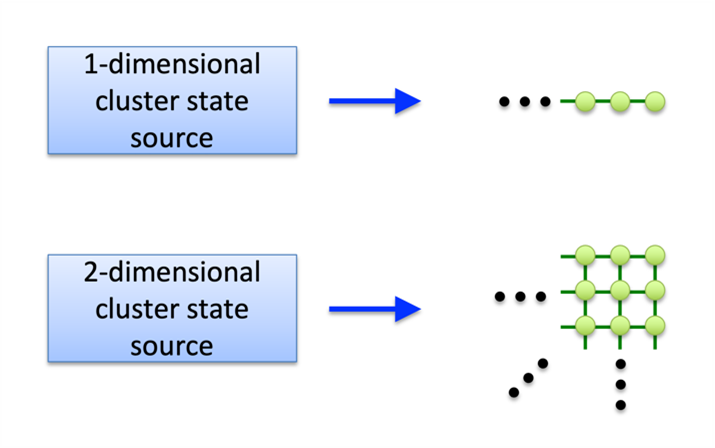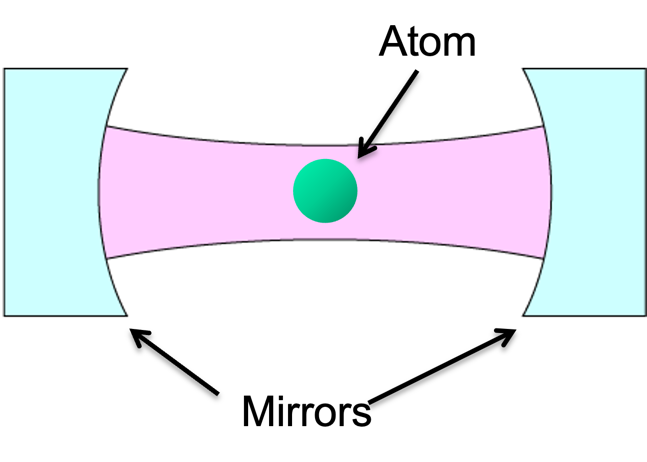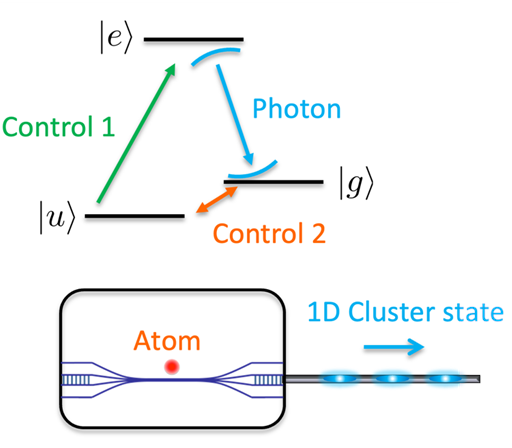Progress Report
Quantum Cyberspace with Networked Quantum Computer[2] Photon networking technology
Progress until FY2024
1. Outline of the project
Compared to other physical quantum systems, photons have high coherence, can maintain their quantum nature at room temperature, and can be transported over long distance in optical fibers. Arbitrary one-qubit gates can be operated with high fidelities by using linear optics. Furthermore, large number of qubits can be created by way of time-division multiplexing. The mainstream of quantum computing with photons is the linear optical quantum computing (LOQC), which utilizes photon generation via parametric down conversion and quantum gates based on the detection of photons by single-photon detectors. In particular, measurement-based quantum computation, where quantum computation is carried out by simple measurements on photonic qubits in a cluster state (Fig. 1).
However, since generation of photons and creation of their cluster states are probabilistic processes, LOQC requires enormous number of resources.

Cavity quantum electrodynamics (QED) systems (Fig. 2) provide a scheme for deterministic generation of single photons and photonic cluster states. In this project, we aim to develop photon networking technologies. Specifically, we develop technologies to realize such sources of quantum light by using nanofiber cavity QED systems.

2. Outcome so far
We have set up a nanofiber cavity QED system suitable for photon networking technology. By using L-type three-level structure of D2 line of Cesium atoms, we have developed elementary technologies for deterministic generation of single photons with vacuum-stimulated Raman adiabatic passage (vSTIRAP). We have also developed technologies for coherent control of the atomic ground states (Fig. 3).

3. Future plans
We will continue to develop photon networking technology based on nanofiber cavity QED systems, particularly the technologies for generating photonic qubit array and photonic cluster states.